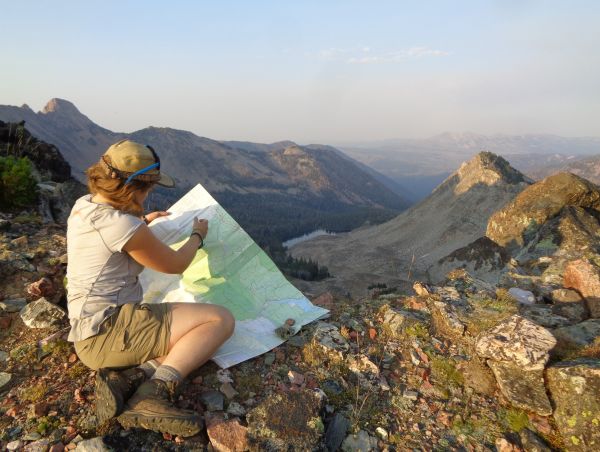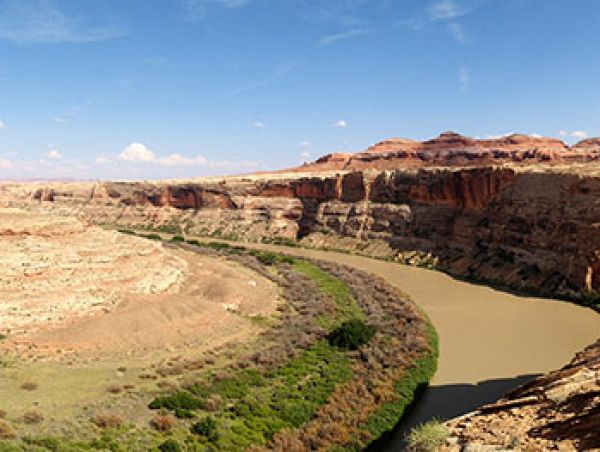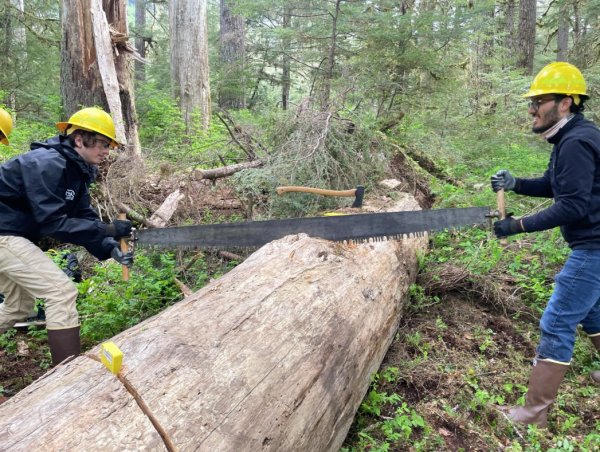Home

What is Wilderness Connect?
Wilderness Connect is an interagency communications, education, and science dissemination program that connects people with information about federally designated wilderness areas.
Through a collaborative partnership between The Wilderness Institute at the University of Montana, the Arthur Carhart National Wilderness Training Center, and the Aldo Leopold Wilderness Research Institute, we support both the stewardship and appreciation of the National Wilderness Preservation System. Oversight is provided by the federal interagency National Wilderness Steering Committee and Wilderness Policy Council, with guidance from a working group and steering committee.
Our website serves two primary audiences: the public and wilderness practitioners. Use the “Go To Practitioners” or "Go To Public" button in the upper right-hand corner to move between sections.
We offer resources that:
-
Empower land managers to make informed decisions grounded in law, policy, and the best available science; and
-
Inspire the public to identify with wild places, learn about wilderness areas, and plan responsible wilderness visits.
Wilderness, By Law
The Wilderness Act of 1964 established the National Wilderness Preservation System, creating the federal land designation of wilderness areas. While the meaning of "wilderness" varies by context, a designated wilderness area is a legal definition that reflects the character and concept of a place set aside to preserve natural conditions, provide opportunities for solitude and primitive recreation, and protect cultural, ecological, and historical values. Today, the NWPS includes over 111.8 million acres in 806 wilderness areas across the U.S. and Puerto Rico. These areas are managed by the Bureau of Land Management, the National Park Service, the U.S. Fish and Wildlife Service, and the U.S. Forest Service.


